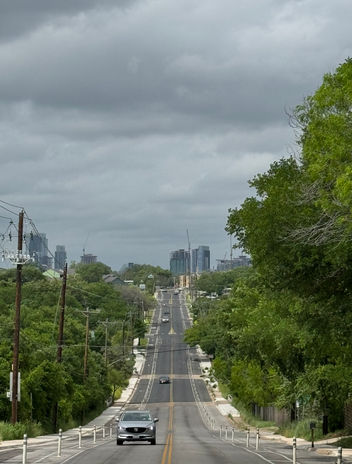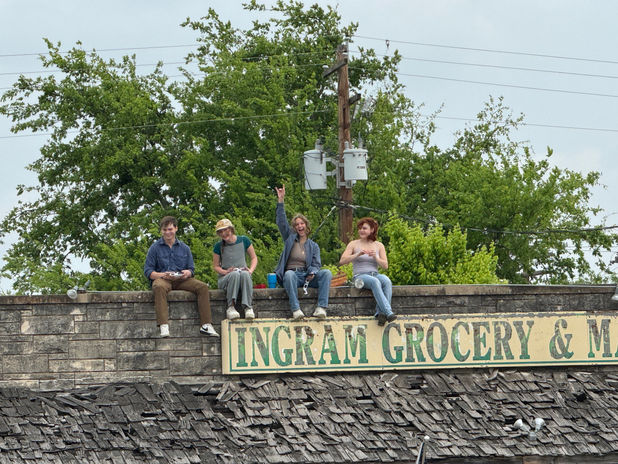TEXAS
6th STATE CROSSED DURING SAGITTA
-
Location: Texas, the second-largest state in the United States, known for its vast landscapes, rich history and distinct culture, marked the next leg of the Sagitta expedition.
-
Duration in the State: From April 1st to April 17th, 2024.
-
Historical Background: Texas has a rich history of indigenous cultures, Spanish colonization and its eventual independence as the Republic of Texas before joining the United States. It is renowned for its cowboy culture, vast ranches and its role in the Civil War. Today, Texas is a hub of energy, innovation and unique traditions.
-
Route Type: The route through Texas was primarily on asphalt roads, but it included more elevation changes, especially through the iconic Hill Country. The terrain offered a variety of challenges, including longer stretches without services or places to stop.
-
Environment: The environment varied significantly across Texas, from the green hills and forests of the Hill Country to the dry, desert-like landscapes further west. The terrain in the second half of the state became increasingly arid, with vast, open spaces and minimal vegetation.
-
Weather Conditions: Hot temperatures dominated much of the ride, particularly in the desert-like regions of the state. The first part of the journey saw more moderate conditions, but the heat intensified as the route moved westward.
-
Bike: Pepper 89 titanium gravel bike, model Kampot.
-
Main Cities Traversed:
-
Houston, a bustling metropolis known for its space exploration history and diverse population.
-
Austin, the lively capital known for its music scene and vibrant cultural life.
-
El Paso, located on the western edge of Texas, serving as a gateway into the more arid regions.
-
-
Notable Event:
-
Experiencing the total solar eclipse on April 8th, a rare and awe-inspiring event visible across the state.
-
-
Difficulties Encountered:
-
Strong headwinds that made cycling more challenging, particularly during the desert sections.
-
Mechanical issues that required on-the-spot repairs.
-
Long segments with little or no services, leaving limited opportunities for rest or resupply.
-
-
Terrain: The route was more varied, with significant elevation changes in the Hill Country and longer stretches of flat, barren desert in the west. The increase in altitude in the central region made the terrain more difficult, with the dry desert conditions presenting their own unique challenges.
-
Distance to the Next State: 1,688.5 km (approximately 1,048 miles) to the border with New Mexico.




























